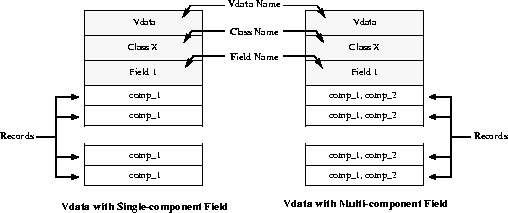FIGURE 4c - Single- and Multi-component Vdatas

The high-level VH routines are useful when writing one-field vdatas and complete information about each vdata is available. If you cannot provide full information about a vdata, you must use the VS routines described in the next section.
Figure 4c shows two examples of single-field vdatas. The fields can be single-component or multi-component fields. With a multi-component field, they may contain one or more values of the same data type.
FIGURE 4c - Single- and Multi-component Vdatas

These steps correspond to the following sequence of function calls:
C: file_id = Hopen(filename, file_access_mode, num_dds_block);
status = Vstart(file_id);
/* Either VHstoredata or VHstoredatam can be called here. */
vdata_ref = VHstoredata(file_id, fieldname, buf, n_records, data_type, vdata_name, vdata_class);
OR vdata_ref = VHstoredatam(file_id, fieldname, buf, n_records, data_type, vdata_name, vdata_class, order);
status = Vend(file_id);
status = Hclose(file_id);
FORTRAN: file_id = hopen(filename, file_access_mode, num_dds_block)
status = vfstart(file_id)
C Either vhfsd/vhfscd or vhfsdm/vhfscdm can be called here.
vdata_ref = vhfsd(file_id, fieldname, buf, n_records, data_type, vdata_name, vdata_class)
OR vdata_ref = vhfscd(file_id, fieldname, buf, n_records, data_type, vdata_name, vdata_class)
OR
vdata_ref = vhfsdm(file_id, fieldname, buf, n_records, data_type, vdata_name, vdata_class, order)
OR vdata_ref = vhfscdm(file_id, fieldname, buf, n_records, data_type, vdata_name, vdata_class, order)
status = vfend(file_id)
status = hclose(file_id)
The first seven parameters of VHstoredata and VHstoredatam are the same. The parameter file_id is the file identifier returned by Hopen. The parameter fieldname specifies the name of the vdata field. The parameter buf contains the data to be stored into the vdata. In C, the data type of the parameter buf is uint8; in FORTRAN-77, it is the data type of the data to be stored. The parameters n_records and data_type contain the number of records in the vdata and the data type of the vdata data. The parameters vdata_name and vdata_class specify the name and class of the vdata. The parameter order of VHstoredatam specifies the order of the field. The maximum length of the vdata name is given by the VSNAMELENMAX (or 64) as defined in the header file "hlimits.h".FAIL (or -1) if the operation is unsuccessful. The parameters for VHstoredata and VHstoredatam are further described in Table 4C.
TABLE 4C - VHstoredata and VHstoredatam Parameter Lists
This example creates and writes two vdatas to the file "General_Vdatas.hdf". The first vdata is named "First Vdata", contains 5 records, and belongs to a class named "5x1 Array". The second vdata is named "Second Vdata", contains 6 records, and belongs to a class named "6x4 Array". The field of the first vdata is a single-component field, i.e., order of 1, and named "Single-component Field". The field of the second vdata has an order of 4 and is named "Multi-component Field".
In these examples two vdatas are created. The first vdata has five records with one field of order 1 and is created from a 5 x 1 array in memory. The second vdata has six records with one field of order 4 and is created from a 6 x 4 array in memory.
C version